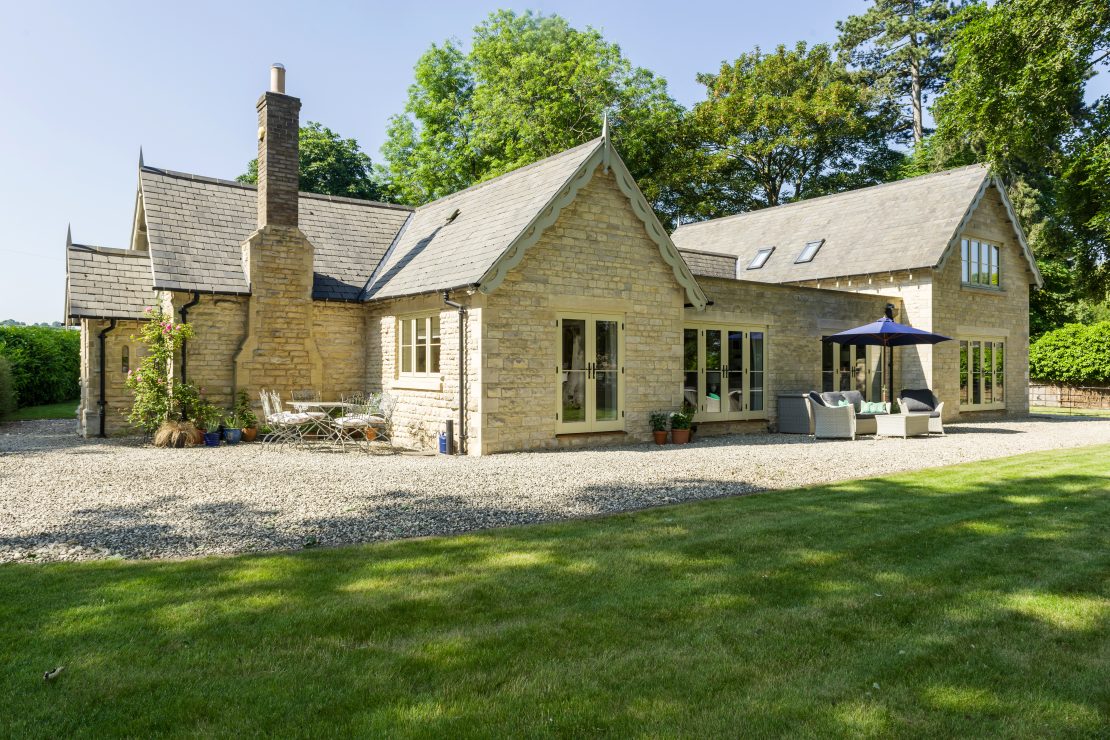March 4, 2020
The world-wide focus on the climate emergency and the British Government’s renewed focus must be frustrating for owners of listed properties because they are constantly told by conservation officers and planners that they can’t make energy efficiency improvements like installing double glazed windows or solar panels. With 72% of heat loss through a window being through the glazing, something must surely change if we are to deliver on our environmental commitments.
In recognition of this, the Listed Property Owners Club plans to lobby the Government for the creation of an energy strategy for listed buildings. They hope this will help to ensure that listed properties continue to be viable homes and that there is greater clarity on which improvements are suitable.
Often, it can be a bit of a lottery depending on where you live and how strict the local Conservation Officer is. A report from 2010 “Double Glazing in Listed Buildings” led by Changeworks at the request of the City of Edinburgh, demonstrated that slim profile double glazing units can be successfully incorporated into listed buildings, improving their thermal performance and lowering their CO2 emissions without detracting from their historic character or appearance.
The report called for:
- Slim-profile double glazing to be permitted where original glazing is no longer in place.
- The types of double glazing permitted should be defined by specification rather than manufacturer.
- None of the systems installed in this project should be excluded from an updated policy. This included the vacuum sealed glazing units that have a sealing cap.
- Use of Crown- effect outer panes should be at the discretion of the homeowner rather than a planning requirement
The report resulted in there being far greater numbers of slim line double glazed units being authorised through planning and this has spread to many other local authorities North of the Border.
Conservation Officers who are against the use of double glazing advise home owners to use secondary glazing, but many homeowners would prefer not to do this and look for alternatives.
So what are the options?
Advances in glazing systems have enabled timber window manufacturers to provide a range of options including slim profile double glazing (insulated glazing units – IGUs), although some manufacturers have expressed concern over the quality of some of these IGUs. (See our Guidance on specifying Insulated Glazing Units).
George Barnsdale has been working with owners of listed properties for many years, helping them to specify the right type of historical window or door in line with the requirements of their local Conservation officer. We have also invested heavily in research to find ways to make products that closely replicate the originals whilst also delivering huge efficiency gains. We can supply a range of single glazing options where clients are unable to secure agreement for double glazing. George Barnsdale offers options for standard or thicker 24.8mm single glazing which has excellent thermal and acoustic properties and has been used in various projects we have worked on in strict conservation areas like Westminster, London. Visit our case study section for examples.
In addition to the glazing, our Historic range also offers flush joints, solid glazing bars and slimmer frames. We have also developed an external putty glazing system and offer hand or machine drawn glass, providing clients with a product that replicates the original as closely as possible and keeps the Conservation Officer happy.
For information on our Historic Range :
Complete a contact form or email us at contactus@georgebarnsdale.
or telephone 01775 823000





















